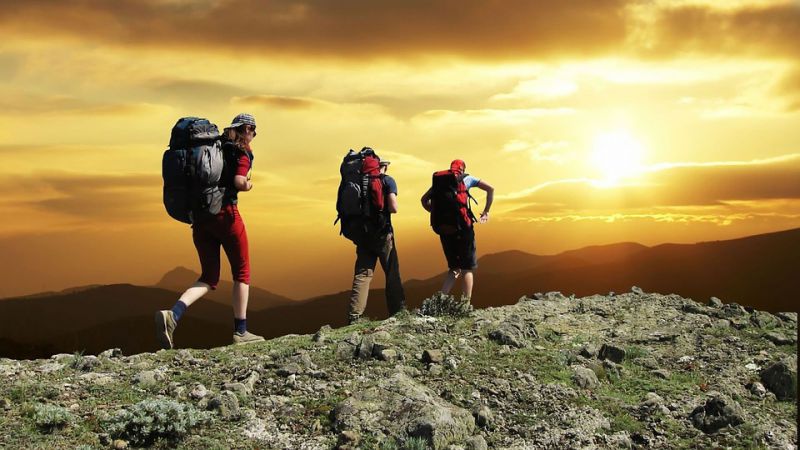Traveller's Guide to Water Treatment Devices
Published on by Water Network Research, Official research team of The Water Network in Technology
From heading into the wilds to supping questionable water from hotel taps, the right device ensures you can enjoy safe H20 wherever your travels take you.
 Which type? There are a range of water treatment devices on the market, from simple chlorine drops and tablets to more advanced purifiers, such as microfilters (in bottle or pump-action) and UV light stirrers. All have their advantages and disadvantages. Tablets and drops are small and easy to use but can taste unpleasant. In bottle filter-based systems are quick but will mean changing the filters regularly; they will also take up space in the water bottle, meaning less water. Pump-action filters require effort to make your water safe, and while UV purifiers are lighter, you will need to take spare batteries. It’s a case of personal choice as to which you prefer.
Which type? There are a range of water treatment devices on the market, from simple chlorine drops and tablets to more advanced purifiers, such as microfilters (in bottle or pump-action) and UV light stirrers. All have their advantages and disadvantages. Tablets and drops are small and easy to use but can taste unpleasant. In bottle filter-based systems are quick but will mean changing the filters regularly; they will also take up space in the water bottle, meaning less water. Pump-action filters require effort to make your water safe, and while UV purifiers are lighter, you will need to take spare batteries. It’s a case of personal choice as to which you prefer.
Ease of use: This will depend on what you’re doing. If using frequently, then you need something with minimal fall; if it’s just for occasional use, you may opt for something less efficient as long as it’s cheaper or lighter. Look for minimum effort and good water flow rate – you don’t want to waste energy trying to suck out water you’ve cleaned!
Protection: Obviously you want to be protected from as much as possible. The key factors to look for are protection from bacteria (cholera, Ecoli), viruses that cause waterborne illness (hepatitis, polio) and parasites/ protozoa (cryptosporidium, giardia). Most will offer 99.9% protection – this is really as good as it gets.
Weight and size: Both are key when travelling. Smaller and lighter are usually better for the casual user, but then a smaller size can mean sourcing water more frequently and possibly changing the filter (if applicable) or batteries more regularly, so it’s worth considering this when looking at overall weight.
Added extras: Some water purifiers offer added extras, such as adapters that turn the bottle into a shower or extra sediment catchers (good for backcountry camping). Do remember, though, that each ‘extra’ adds weight.
Price: Purification devices vary in price depending on the technology. Do remember that all filters will clog up in the end and need replacing (at a cost), and UVs will regularly need replenishing with fresh batteries.
Purifier, UV, filtration...What's the difference? Purifiers dose water with a chemical (usually chlorine) in order to filter harmful particles. UV uses ultraviolet light to destroy bacteria, viruses and parasites in seconds. Filtration forces water through microscopic holes that trap bacteria, viruses and parasites and stop them passing through to you. Note: a pure filter with no extra technology will require chlorine, or similar, for protection against viruses.
Read full article and reviews at Wanderlust
Media
Taxonomy
- Technology
- water treatment
- Sports
- Leisure Activities
2 Comments
-
an interesting solution : www.watertogo.ch
-
Another option - www.aquaresearchllc.com